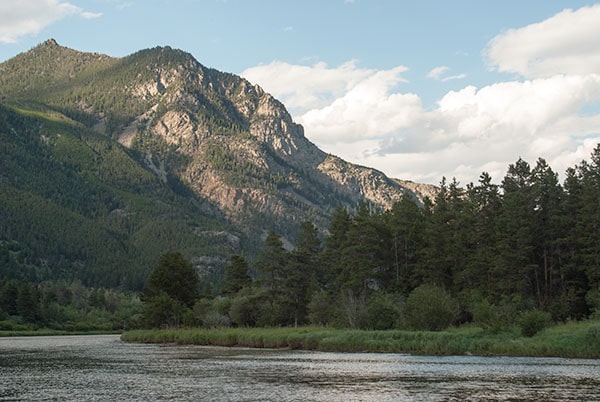In 1964, Congress enacted the Land and Water Conservation Fund (LWCF) to set aside a portion of federal revenues from offshore oil and gas development to pay for parks, wildlife habitat, and other natural areas. In other words, the money the federal government makes from developing public resources is dedicated back into conserving other public resources.
LWCF provides a simple, common-sense way to offset some of the impacts of oil and gas drilling and support much-needed land conservation without using taxpayer dollars. It’s no wonder that LWCF was enacted with bipartisan support. Republicans and Democrats all saw the thrifty wisdom in this common-sense program.
Under the law, the LWCF is supposed to provide $900 million a year in funding to purchase land, water, and public access. Over the last 50 years, the fund has accrued a total of about $36 billion from offshore oil and gas drilling.
Unfortunately, Congress has regularly raided the LWCF to cover other government spending. Nearly every year since the program has created, Congress has voted to divert the fund to pay for other government expenditures.
Nobody knows exactly where LWCF dollars have gone, but we do know that less than half of the intended funding has actually ended up in land protection. More than $19 billion of the LWCF has been spent on pork barrel construction projects, unnecessary government programs, and abandoned military hardware – but not the land and water protection the law intended.
Despite the diversion of funds, the LWCF has had some real successes. Over the last 50 years, LWCF has resulted in about $16 billion in funding nationwide, protecting everything from national forest wilderness lands to fishing access sites to urban parks. Over $400 million has gone to Montana projects. These funds have protected important lands in the Blackfoot Valley, on the Rocky Mountain Front, in the Greater Yellowstone region, and all over the state. LWCF has been used to acquire most of Montana’s fishing access sites as well as key parcels that open up large areas of “land-locked” public land for hunting and fishing.
LWCF has meant a lot for Montana. The fund has help provide communities across the state with new municipal pools, golf courses, tennis courts, baseball fields, town parks and trails. It’s also been used in Montana to preserve forest lands that help protect the water supplies that we depend on for drinking water and irrigation. LWCF is used to obtain public access sites to our rivers and public lands and has been crucial to protecting hunting, fishing, backpacking and every other outdoor activity that makes Montana such a great place to live. In addition to supporting our quality of life, the program has fueled the Treasure State’s $6 billion outdoor recreation economy.
Fortunately for us, both Senator Jon Tester and Senator Steve Daines have expressed support for LWCF, and they have both cosponsored Senate Bill 338, which permanently authorizes the program. That’s a great start. Senator Tester has gone a step further and also cosponsored Senate Bill 890, which both permanently authorizes the fund and locks in the $900 million in annual spending, protecting it from future budget raids.
Just imagine what we could accomplish if Congress stopped hijacking LWCF and allowed all of the funds to go to their intended purpose. With a 50 year track record, this program doesn’t need any debate, evaluation, or “reform.” The partially-funded LWCF has done great things for Montanans and all Americans. The time has come for our elected officials to restore full funding to LWCF.
Kathy Hadley lives in Deer Lodge. She is president of the Montana Wildlife Federation.
A version of this article appeared in the Helena IR. You can see that version here
Help us secure FULL funding for the LWCF. See how you can GET INVOLVED or DONATE TODAY!


